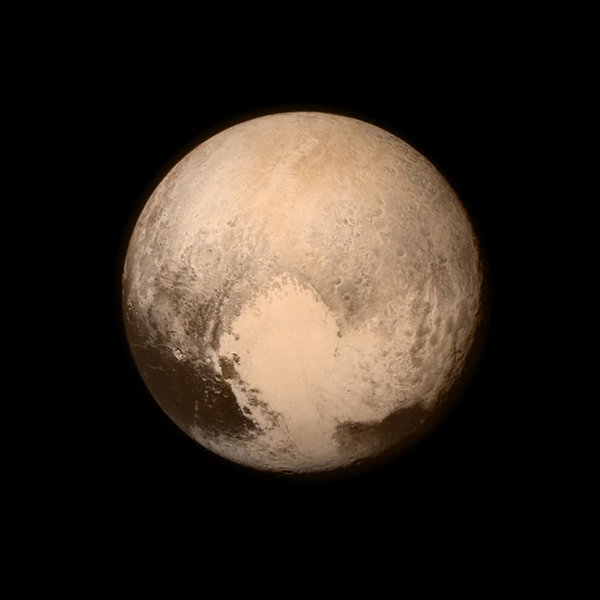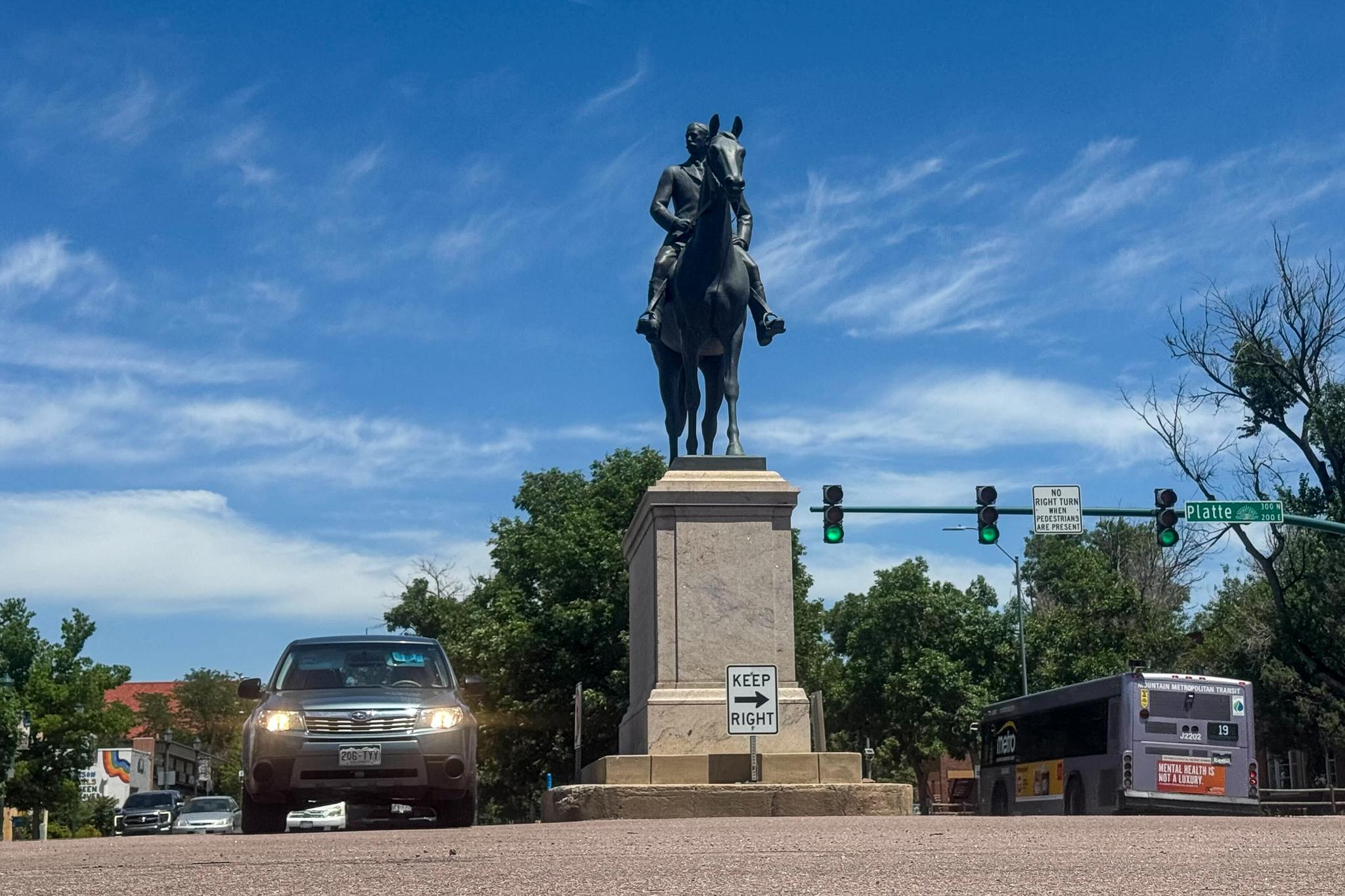
YES! After over 9 years & 3+ billion miles, @NASANewHorizons #PlutoFlyby was at 7:49am ET. http://t.co/Czrvonxugd pic.twitter.com/aSucgORofT
Early Tuesday morning, NASA's New Horizons spacecraft made its closest flyby with Pluto. We won't have confirmation of the event until this evening though, since the spacecraft will be busy taking photos, reports the Associated Press.
- July 13: Colorado Scientists Have A Lot Riding On Pluto Mission
- May 31: New Horizons Probe Closes On Pluto And Spots Possible Polar Caps
But based on NASA's information, New Horizons flew within 7,800 miles of Pluto at 31,000 miles per hour. The agency released another photo taken earlier to celebrate.
Our 3-billion-mile journey to Pluto reaches historic #PlutoFly! Details & the high-res image: http://t.co/qX7KpXIUUQ pic.twitter.com/LDjXLtPdly
In a Q&A with the Denver Post, John Spencer from Southwest Research Institute's Boulder-based planetary science division says the biggest discovery so far is that Pluto has a "complicated geological history." Spencer says that even basic information was not known before Monday's pictures.
And just wait, "Tomorrow's pictures will be nearly 10 times better than today's," he told the Denver Post.
New Horizons principal investigator Alan Stern, also in Boulder, told NASA that the mission will write the textbook on Pluto.
"The New Horizons team is proud to have accomplished the first exploration of the Pluto system," Stern said. "This mission has inspired people across the world with the excitement of exploration and what humankind can achieve."
Neat! From @NASANewHorizons, Pluto moons Hydra & Nix are compared size-wise to Denver. Credit: JHUAPL/Google #9NEWS pic.twitter.com/kX3XugUxCG
To mark the occasion, University of Colorado Boulder will host a free event at the Fiske Planetarium where people can watch a livefeed from NASA, expected to confirm the flyby.
For some CU-Boulder students, the flyby may have special significance. A team of students designed, built and tested the spacecraft's Student Dust Counter to "measure dust particles along the way that are remnants of collisions between solar-system bodies," reports Bizwest.
Physics Professor Mihaly Horanyi told Bizwest that the event is "an emotional capstone" for those students.









